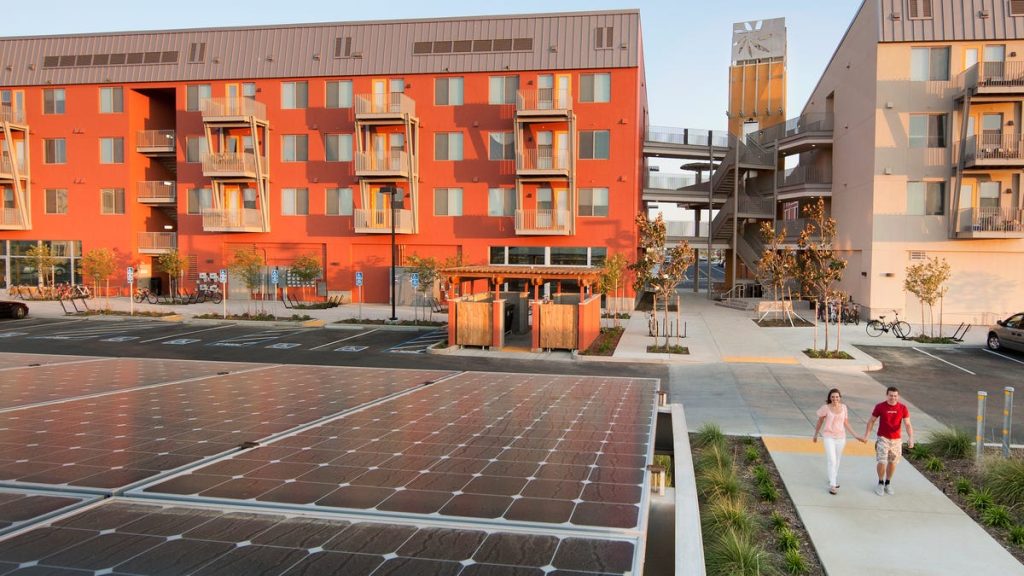In 2024, most Americans are interested in accessing clean energy, but for many, traditional methods like installing solar panels on their roofs may not be feasible. Community solar offers a solution by allowing individuals to subscribe to solar energy from nearby solar farms. The federal government has recently issued grants to organizations to expand Solar for All programs, including community solar projects. Community solar provides an opportunity for renters, low-income homeowners, and those living in shaded areas to access affordable solar energy.
Community solar offers savings on electricity bills, with typical savings estimated at around 10% per year. By harnessing solar energy from larger arrays located in ideal locations, community solar allows for more effective and efficient solar production. In addition to providing economic benefits, community solar can benefit the grid and utilities by stabilizing the grid and helping utilities meet renewable power thresholds mandated by the state. Community solar subscribers can also take their service with them if they move within the service area.
To participate in community solar, a state legislature must pass a bill allowing for community solar projects. As of December 2021, community solar projects were found in 39 states and the District of Columbia, with policies supporting community solar in 22 states and DC. Community solar differs from other similar programs like group purchasing and solar co-ops, offering a more inclusive and accessible structure. Community solar projects represent a growing share of total installed solar capacity in the US, with significant market concentration in states like Florida, Minnesota, New York, and Massachusetts.
While there may be some challenges in the implementation of community solar, such as delays in receiving bill credits or interconnection issues, the benefits of community solar often outweigh the drawbacks. Community solar offers an opportunity to support clean energy, save money on electricity bills, and contribute to the growth of renewable energy sources. As community solar projects become more widespread and accessible, more Americans can benefit from the advantages of solar energy without the constraints of rooftop installations or ownership.
If you live in an area with access to community solar, it may be worth exploring as a clean energy option that can offer savings and flexibility. Signing up for community solar has become simpler and more convenient, similar to subscribing to popular services like Netflix. With the potential for guaranteed savings and the ability to transfer your subscription if you move within the service territory, community solar presents a viable and sustainable alternative for accessing solar energy without the need for rooftop installations or significant upfront costs.












